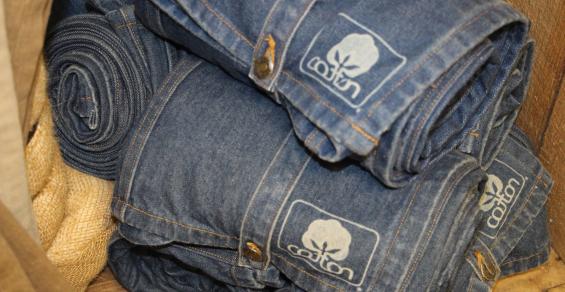There were times when U.S. cotton farmers worried there would be no demand for the crop they love to grow.
Ever since manmade fibers began taking a big bite out of the textile market in the 1970s, cotton has fought a never-ending battle to remain the fabric of choice for consumers around the globe.
There were times when U.S. cotton farmers worried there would be no demand for the crop they love to grow, but through it all, cotton has proven to be the comeback kid.
Cotton farmers certainly understand the cyclical nature of the market when prices begin strong, only to fall due to weakening demand.
In 2022, the cotton bulls are in full control. Optimism for good prices and robust demand was a prevailing theme of this year’s Southern Cotton Growers/Southeastern Cotton Ginners Association annual meeting in Hilton Head, S.C. in mid-January.
At the conference, Hank Reichle, president and CEO of Staplcotn, said a low U.S. stocks-to-use ratio of 18.8% is the primary driver of high cotton prices. Consumption is going up, stocks are going down, and the world needs more cotton the meet the demand. Demand is expected to remain strong.
In his comments at the conference, Berrye Worsham, president and CEO of Cotton Incorporated, said global demand for cotton should reach 140 million bales by 2030 which creates opportunities for the U.S to produce at least a 21 million bale crop to help meet that growing demand.
Yes, the world needs and wants more U.S. cotton. That surely is welcome news for cotton farmers who have so often seen demand decline and prices fall for the natural fiber they lovingly produce year in and year out. Polyester is the Rodney Dangerfield of fabrics; it’s a tough one to love or respect. Cotton, on the other hand, is and always will be the fabric of our lives. It’s encouraging that 2022 will be a year where cotton will be profitable to grow.




